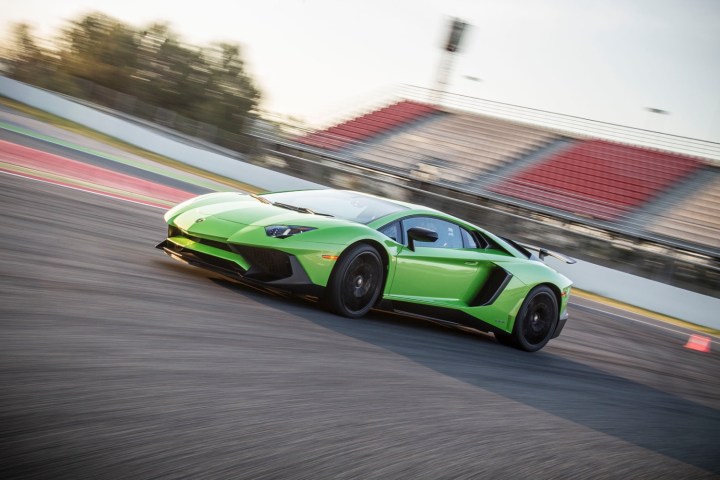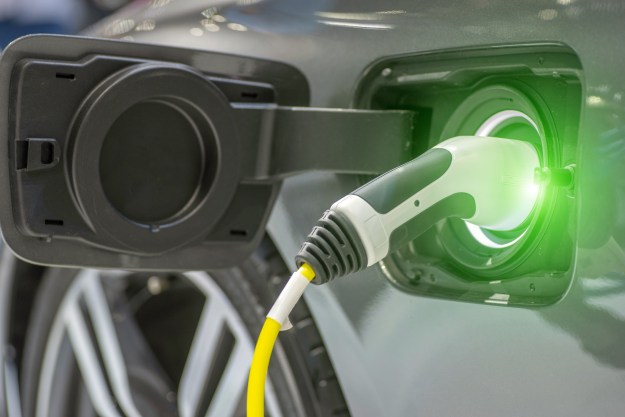
It seems like it was only last year when Lamborghini said that it didn’t think new models featuring electrified powertrains would be in its pipeline in the “short term.” Now, the company’s position on electrification seems to have changed as AutoExpress in the U.K. sat down with current CEO Stefano Domenicali at the recent 2018 Goodwood Festival of Speed.
“The next Aventador will be hybrid, with a V12. A decision is made on that and this is something that will keep us different from the others and this is very important,” Domenicali said to the outlet.
But the Aventador going for hybrid technology for the next-gen model wasn’t the only news of electrification. Lamborghini also plans to electrify the Urus crossover, and even the middle-child Huracan.
“The next step is that not only the Urus but Aventador and Huracan will be hybrid, that’s for sure. Then we need to see how the solution will evolve. With regard to the super sport car brand, it’s clear that we want to stay with the V12 to have with the top car. Then we can discuss what would be the right engine for the future for the Huracan. Of course, V10 would be the first priority but we have the time to discuss it.”
Why the change? According to Domenicali, sales of the Lamborghini Urus SUV generated a lot of extra cash, to the point where the company even said that it could support an additional fourth model in the lineup. However, the firm is still in the decision-making stage as to whether such a move is beneficial to the company.
Rumor has it Lamborghini might be considering a new four-door model to compete with the Porsche Panamera, giving the Lamborghini Estoque Concept from 2009 a chance at life.

“We need to listen to the customers, we need to see how the market is evolving because this is very important for us,” Domenicali said in regards to the new model.
For now, however, the company’s using that extra cash to up its efforts toward electrification, now that it has some money in the bank to give to R&D. Specifically, the firm is doubling-down efforts on the Aventador’s successor and developing its new V12 hybrid system. But if asked whether the Aventador’s successor has a possibility of going all-electric, R&D chief Maurizio Reggiani denied that prospect.
“The value of our brand is based on our top-end product. It must be really the pure interpretation of a supersport car. We are sure that one of the things you must offer on a supersport car is a V12 naturally aspirated engine,” said Reggiani. “The car needs to be engineered for hybrid or not for hybrid. The supersport car cannot be a compromise,” Reggiani added, confirming that the Aventador replacement will be offered as a hybrid only, with no pure combustion option.”


